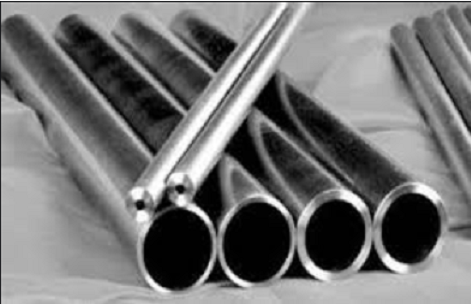Performance of 201 stainless steel pipe
The performance of the stainless steel pipe is based on the performance of 201 stainless steel.
So, let’s take a brief look at the performance of 201 stainless steel.
Performance of 201 stainless steel
Austenitic stainless steel contains elements such as nickel and molybdenum. They have a great strengthening effect on the steel matrix.
Therefore, the high-temperature strength and deformation resistance of 201 stainless steel is higher than all other steels, generally more than 50% higher.
However, its high-temperature plasticity is much lower.
At present, most of the stainless steel pipes must be cold-rolled or cold drawn to obtain products that meet the requirements of use.
Therefore, the cold deformation performance of stainless steel is particularly important.
Among all types of stainless steel, Austenitic stainless steel has the best cold deformation performance.
And 201 stainless steel is one of the Austenitic stainless steels.
But despite its deformation resistance and work hardening tendency, its plasticity of the cold process is quite good.
As long as the capacity of the cold processing equipment is sufficient, it can withstand a large amount of deformation. Generally, it can reach more than 60% of the relative deformation.
Performance of 201 stainless steel pipes
First, let’s take a look at its hardness.
Hardness
Regarding the hardness of 201 stainless steel pipes, it isn’t the harder the better.
201 stainless steel pipe contains nickel, chromium, copper, carbon, sulfur, phosphorus, manganese, silicon, and other metal elements.
Among them, the hardness of the stainless steel tube is determined by carbon.
Because the main characteristic of carbon is to make the object hard, and the hardness of the stainless steel tube will increase with the increase of carbon content.
However, carbon is also an impurity in stainless steel.
So the more the content, the harder, the more likely the pipe will rust.
Meanwhile, it’s welding, cold bending, and corrosion resistance have also significantly decreased.
Tensile strength
It refers to the ability of stainless steel pipes to resist plastic deformation and fracture under external force. Generally it’s 100,000 to 180,000 psi.
Bending strength
It refers to the large positive pressure on the broken section of the stainless steel pipe under the action of the concentrated load located between the two supports.
And it is generally 50,000 to 150,000 psi.
Features of 201stainless steel pipe
201 stainless steel pipe has good form-ability, corrosion resistance, and manufacture-ability.
Moreover, 201 stainless steel pipe has the characteristics of acid resistance, alkali resistance, high density, and no pinholes.
Usually, people use it to produce high-quality materials for various watch cases and watchband bottom covers.
Then, what are the types of stainless steel pipes?












